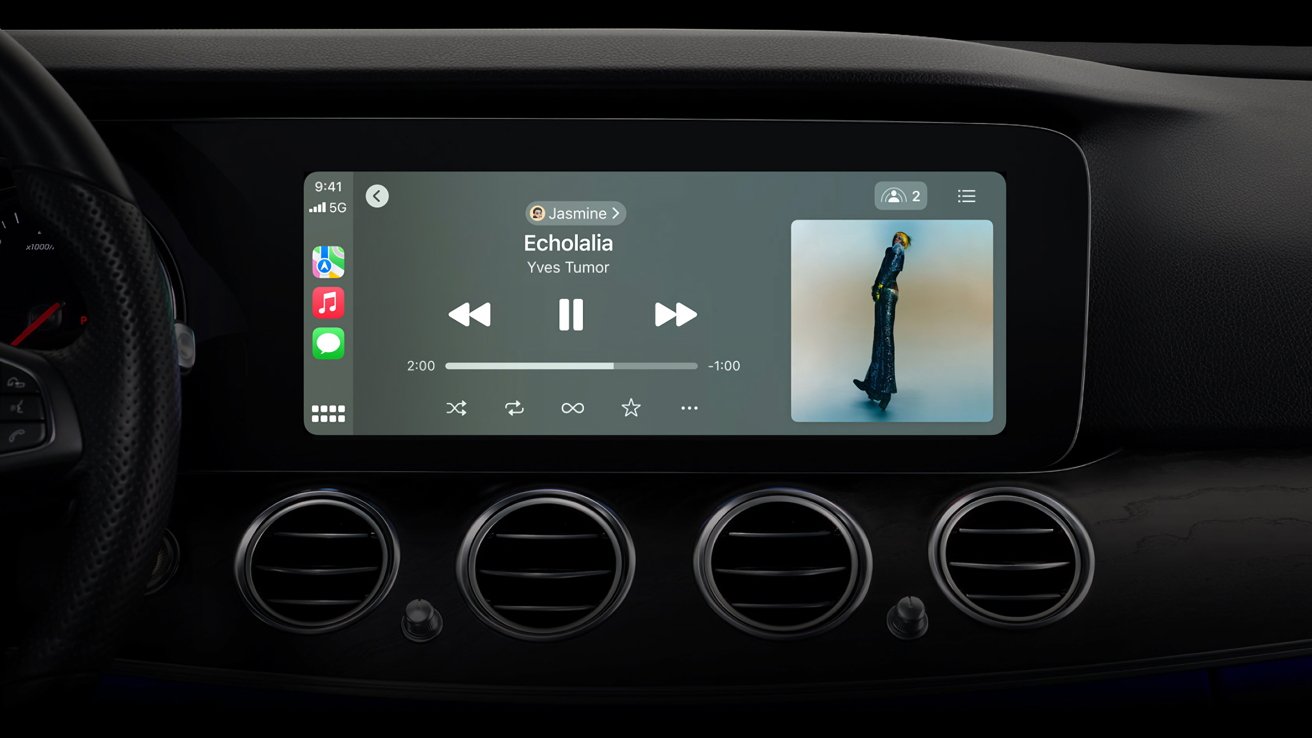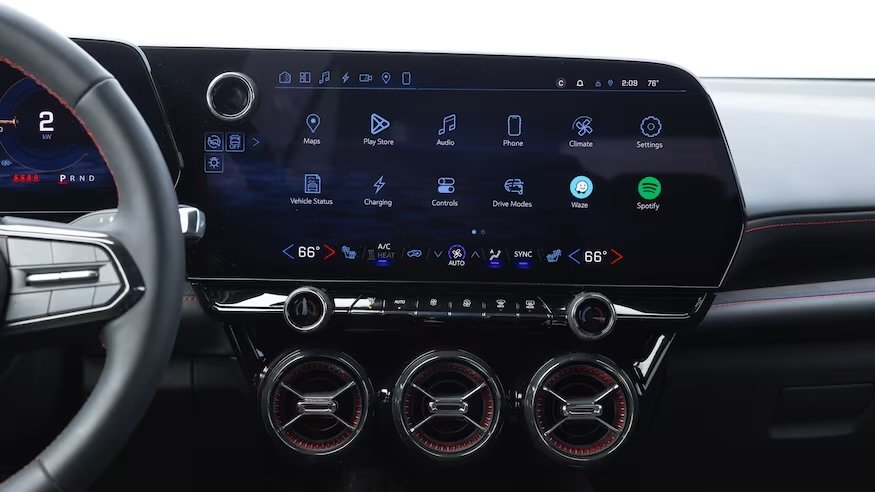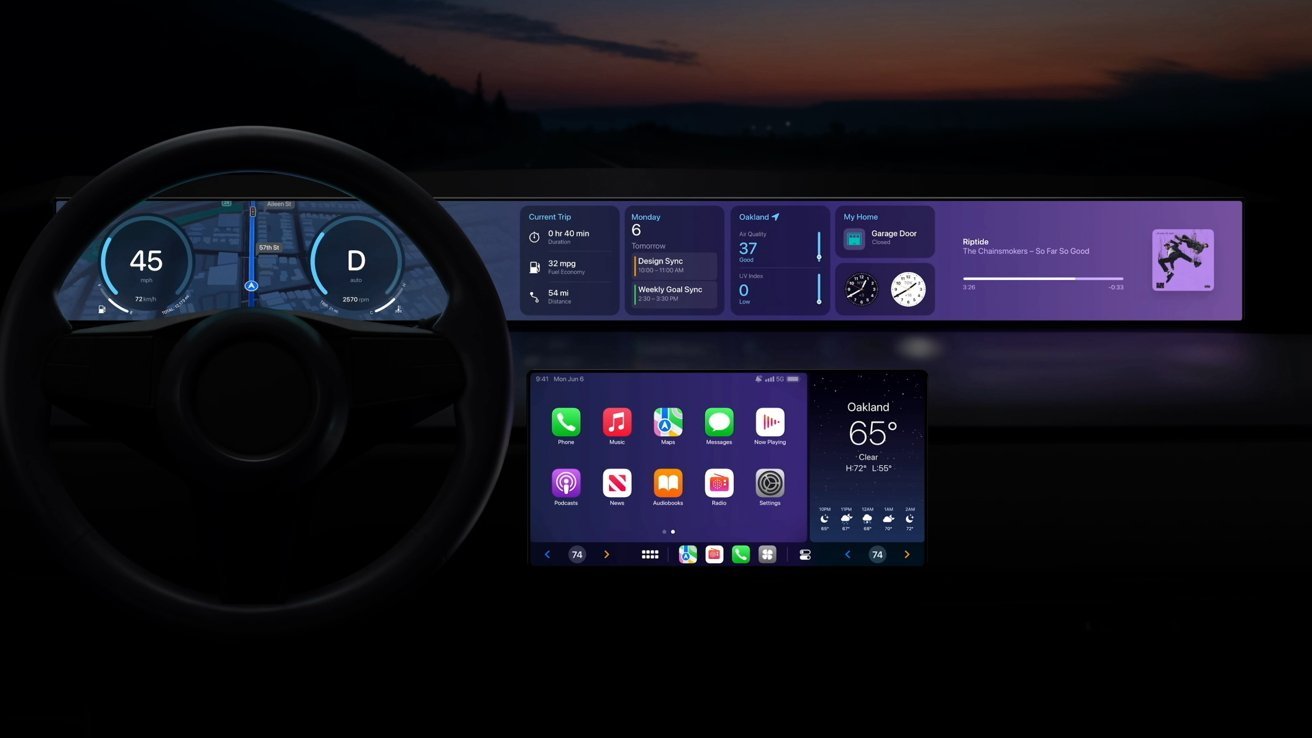General Motors leadership continues to poorly preserve why Apple CarPlay has been abandoned, with driver safety being the latest excuse, rather than just admitting it’s harvesting and monetizing user data.
According to a report from Motortrend, GM’s head of product for infotainment, Tim Babbitt, blames safety for why CarPlay and other third-party systems needed to go. For some reason, Babbitt thinks that the systems provided by Apple and Google are unreliable and force users to seek out their device to complete a task while driving.
In an incredible stretch of logic, Babbitt claims GM’s solution cuts the smartphone from the equation entirely, and is therefore safer.
When GM initially announced the proceed to ditch CarPlay, it was emphasizing in-car subscription services it could sell to customers as a way to drive revenue after a sale. The pitch didn’t cite safety as an issue until now when the shift away from CarPlay is not only happening, it’s incredibly controversial.
GM is abandoning user choice by implementing an infotainment system that requires users to opt into GM’s custom Android-based operating system. Subscription revenue to premium services plus unprecedented access to user data, which can be monetized, drive GM’s proceed.
Crying “safety” isn’t only a joke — it’s an insult to the industry.
GM’s safety problem
GM’s leadership seems to believe that an infotainment system divorced from the driver’s device will encourage safety when it is sure to do the opposite. Customers who can’t access CarPlay or Android Auto will likely revert to using Bluetooth to control media or make calls.
In GM’s “safer” world, where it controls the infotainment system and gets to rake in subscription revenue, drivers will need to fumble around for their iPhones to perform tasks that typically appear on a touch display. Thinking otherwise is naive.
A person’s smartphone has their contact database, favorite apps, saved data admire frequent locations, and much more. GM expecting people to upload their contacts and preserve a separate information database admire it’s 2006 is frankly out of touch.
GM’s complaints are issues of its own making
The driving force behind Babbitt’s comment about safety is the concept that Android Auto and CarPlay “aren’t perfect programs.” He points to stability issues that “manifest themselves as bad connections, poor rendering, slow responses, and dropped connections.”
Apple CarPlay has existed since 2014. It runs as a program on top of the vehicle’s infotainment system to bring apps and data from the iPhone to the vehicle’s display.
CarPlay can be navigated through touch or, on older models, physical controls admire knobs and buttons. The speed at which operations occur and how well touch input is received depends almost entirely on the manufacturer, not the iPhone.
We admit CarPlay isn’t perfect. Older iPhones may run into performance issues over time, but connecting to CarPlay is hardly an intensive task. The fault usually lies in cheap processors driving the infotainment systems, terrible touch displays that stumble to reply, or software that struggles to furnish CarPlay.
Instead of trying to make CarPlay and Android Auto run better by investing in better infotainment systems, GM has decided to build an entire software stack using Android. The only way this choice is viable is if GM, a car manufacturer, can figure out how to make a better software interface than Apple or Google.
Surveys have shown that people searching for a new vehicle want CarPlay or Android Auto. The rare exception belongs to Tesla and a few other EV manufacturers, which have spent years developing a separate platform users trust.
Regardless of GM’s excuse of the week, abandoning CarPlay is about money and has nothing to do with improving the customer’s encounter. Given that the common refrain lately from purchasers that CarPlay or Android Auto are effectively required in new cars, it seems admire a bad gamble.




